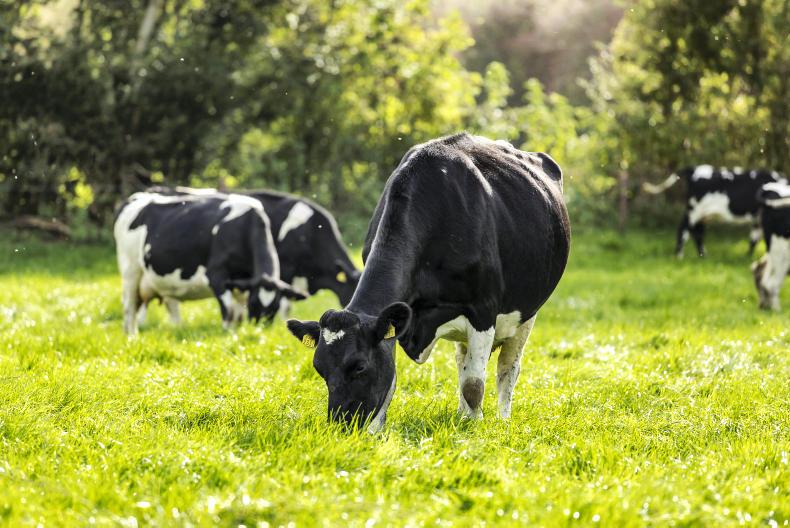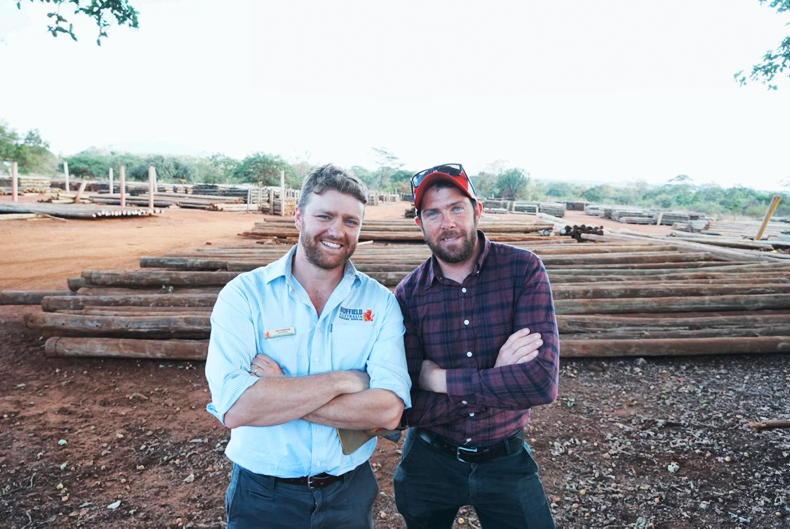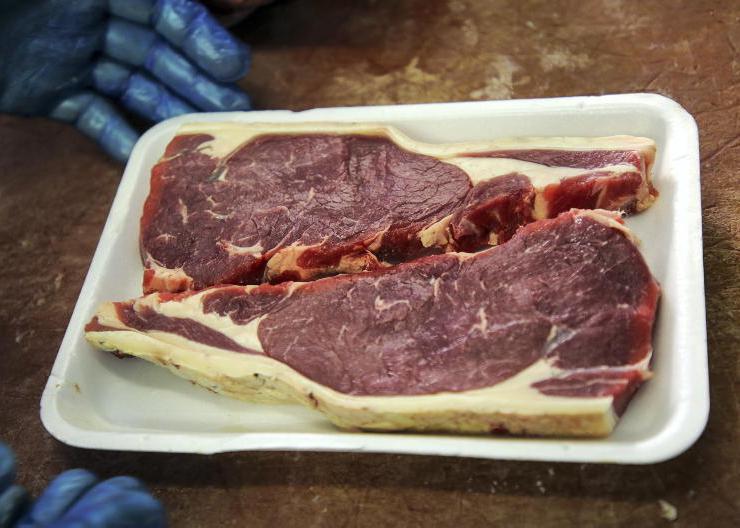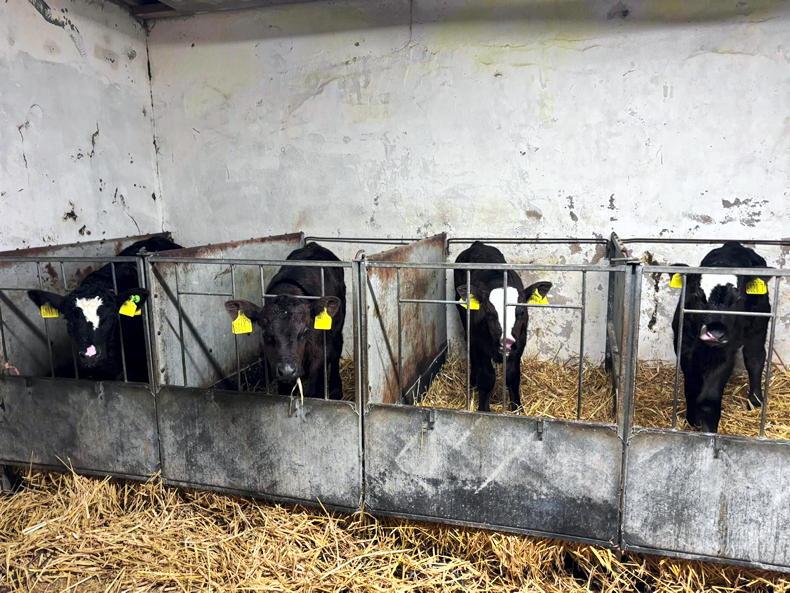Growth: Grass growth has really taken off since the rain and it is likely there will be too much grass on many farms by the weekend. It is better than not having enough grass but it can be problematic when trying to maintain quality. Expect a burst of paddocks to be skipped over for bale silage in the next 10 days or so. Paddocks should be skipped based on yield and quality. I don’t see any issue with grazing a paddock with 1,700kg/ha on it if it’s good quality and skipping over a paddock with 1,000kg on it if it’s mostly stem. A lot of paddocks with older grass varieties or low soil fertility got stemmy during the dry spell so these should be skipped over when there is a surplus.
Keep in mind that high grass growth rates won’t last forever so don’t skip over too much of the farm for too long. Farmers who are highly stocked will need to start building up grass by the end of July, which is only four weeks away so the whole farm should be available for grazing then. Farmers who are stocked lighter can get away with closing up more land for second-cut silage or reseeding. I think setting a demand of 60kg to 70kg/ha/day for the next three weeks is reasonable.
Meal: Many farmers have 50% to 70% of their normal meal allocation per cow fed to date. This means that if they continue as per normal, meal feeding levels per cow will be up 200kg to 300kg/cow on what they normally feed. The main reason why more meal was fed was because of a wet March and very dry May and June. On both occasions the amount of grazed grass in the diet was less. So what’s the plan? Can this be cut back? Really the only chance to regain some ground is to go on zero concentrate for the next four or five weeks and feed less than normal during the autumn. Farms that burned up in the mini-drought should have really good-quality grass coming back and should have loads of it, so from a nutrition perspective there will be little or no value from feeding meal in most situations.
Milking times: Where cows are used to getting meal it can be hard to break that habit. It requires a shift in mindset in the milker.
Not all rows need to be full. Time is wasted leaving the pit to fill rows when the milker would be better off hanging up some clusters if the row is not full and spending all his or her time swinging over cups.
For example, if it takes 10 full rows to milk all the cows and if leaving the pit to gather cows adds four minutes per row then milking will take 140 minutes. If the milker doesn’t leave the pit and if 90% of each row is full then there will be 11 rows at 10 minutes each which takes 121 minutes. If meal was being fed (1kg per milking), row times would probably be 10 minutes and each row would be full so milking would take 100 minutes, or 40 minutes per day less than the efficient method without meal. However, for this to be justified financially, time would have to be valued at €82/hour if meal costs €270/t.
Read more
Early second cut plans in Armagh
Aurivo is latest co-op to hold milk price
Growth: Grass growth has really taken off since the rain and it is likely there will be too much grass on many farms by the weekend. It is better than not having enough grass but it can be problematic when trying to maintain quality. Expect a burst of paddocks to be skipped over for bale silage in the next 10 days or so. Paddocks should be skipped based on yield and quality. I don’t see any issue with grazing a paddock with 1,700kg/ha on it if it’s good quality and skipping over a paddock with 1,000kg on it if it’s mostly stem. A lot of paddocks with older grass varieties or low soil fertility got stemmy during the dry spell so these should be skipped over when there is a surplus.
Keep in mind that high grass growth rates won’t last forever so don’t skip over too much of the farm for too long. Farmers who are highly stocked will need to start building up grass by the end of July, which is only four weeks away so the whole farm should be available for grazing then. Farmers who are stocked lighter can get away with closing up more land for second-cut silage or reseeding. I think setting a demand of 60kg to 70kg/ha/day for the next three weeks is reasonable.
Meal: Many farmers have 50% to 70% of their normal meal allocation per cow fed to date. This means that if they continue as per normal, meal feeding levels per cow will be up 200kg to 300kg/cow on what they normally feed. The main reason why more meal was fed was because of a wet March and very dry May and June. On both occasions the amount of grazed grass in the diet was less. So what’s the plan? Can this be cut back? Really the only chance to regain some ground is to go on zero concentrate for the next four or five weeks and feed less than normal during the autumn. Farms that burned up in the mini-drought should have really good-quality grass coming back and should have loads of it, so from a nutrition perspective there will be little or no value from feeding meal in most situations.
Milking times: Where cows are used to getting meal it can be hard to break that habit. It requires a shift in mindset in the milker.
Not all rows need to be full. Time is wasted leaving the pit to fill rows when the milker would be better off hanging up some clusters if the row is not full and spending all his or her time swinging over cups.
For example, if it takes 10 full rows to milk all the cows and if leaving the pit to gather cows adds four minutes per row then milking will take 140 minutes. If the milker doesn’t leave the pit and if 90% of each row is full then there will be 11 rows at 10 minutes each which takes 121 minutes. If meal was being fed (1kg per milking), row times would probably be 10 minutes and each row would be full so milking would take 100 minutes, or 40 minutes per day less than the efficient method without meal. However, for this to be justified financially, time would have to be valued at €82/hour if meal costs €270/t.
Read more
Early second cut plans in Armagh
Aurivo is latest co-op to hold milk price










SHARING OPTIONS